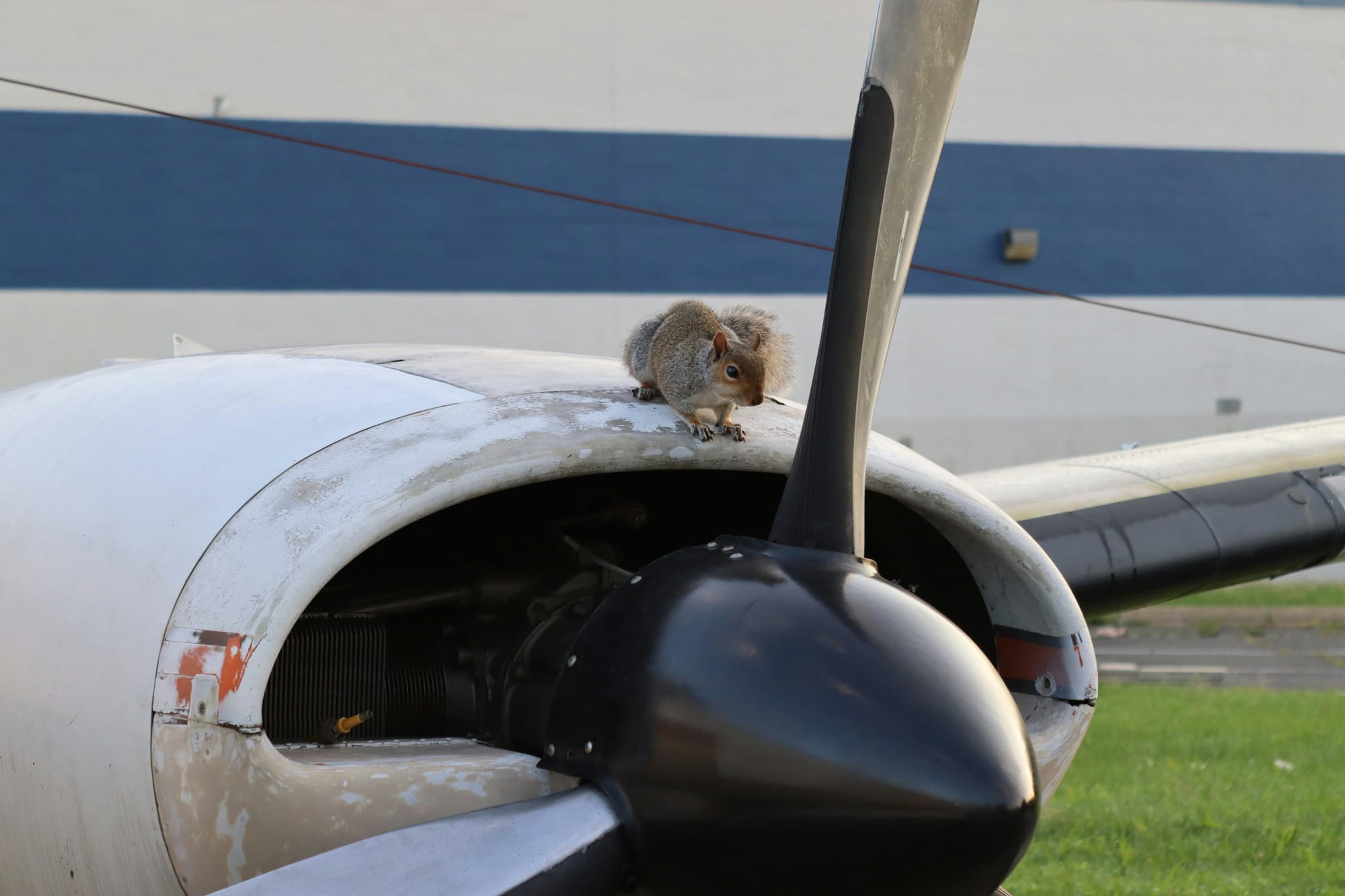Traveling with Pets: A Guide to Stress-Free Aviation Journeys

Traveling with pets by air can be a daunting task for both the owner and the animal. While some airlines have become more accommodating to furry companions, navigating the process requires careful planning and a solid understanding of airline policies. With proper preparation, flying with your pet can be a comfortable experience for everyone involved. Here’s what you need to know, along with some essential tips to make your trip as smooth as possible.
Airline Pet Policies and Regulations

Before booking a flight, it’s important to check the airline’s specific pet policies. These rules can vary widely depending on the carrier, destination, and the type of pet you have. Most airlines classify pets into two categories: in-cabin and cargo.
- In-Cabin: Small dogs, cats, and sometimes other animals can often travel in the cabin, provided their carrier fits under the seat. Airlines typically have a weight limit for in-cabin pets, which ranges from 15 to 20 pounds (including the carrier).
- Cargo: Larger pets must travel in the cargo hold in a special pet-friendly area. While this may sound concerning, most airlines that offer pet transport ensure that the cargo area is temperature-controlled and safe.
Each airline also has restrictions based on the type of pet you have. For example, brachycephalic (short-nosed) breeds like pugs and bulldogs are often restricted from flying in cargo due to breathing issues that can be exacerbated at high altitudes.
Essential Preparations Before the Flight

Once you’ve confirmed that your pet can fly, it’s time to start the preparation process. Traveling with animals requires more than just buying a plane ticket—it involves ensuring your pet is healthy, safe, and comfortable for the entire journey.
Schedule a Veterinary Visit: Before your trip, make sure your pet has a thorough check-up. Airlines may require a health certificate from a veterinarian, usually issued within 10 days of your departure, confirming that your pet is healthy enough to fly. Ensure your pet is up-to-date on vaccinations and flea/tick treatments, and ask your vet if there are any travel-specific concerns, especially if your pet has any pre-existing conditions.
2. Acclimate Your Pet to the Carrier: If your pet will be flying in a carrier, it’s important to help them get used to it ahead of time. Let them explore the carrier, place treats and toys inside, and even take them on short car rides. This will help reduce anxiety when it’s time to fly. The carrier should be comfortable, well-ventilated, and compliant with airline size regulations.
3. Exercise Before the Flight: A tired pet is often a calmer pet. On the day of travel, give your dog or cat plenty of exercise to help burn off excess energy. A long walk for a dog or a playful session for a cat can make a significant difference in how they handle the flight.
4. Plan Your Pet’s Meals: To minimize the chance of motion sickness, feed your pet several hours before the flight. However, be sure to keep them hydrated by offering water throughout the day, particularly if they’ll be in the carrier for a long time. Most airlines will allow you to bring a small collapsible water bowl.
At the Airport: Navigating Security and Boarding

1. Arrive Early: When traveling with a pet, it’s essential to arrive at the airport early to allow extra time for check-in and security procedures. Some airports have specific areas for pet check-in, and you'll need additional time to make sure your pet's paperwork is in order.
2. Passing Through Security: When going through security, pets will need to be taken out of their carriers. You’ll carry your pet through the metal detector while the carrier is scanned separately. It’s a good idea to bring a leash so you can keep your pet secure when they’re out of the carrier.
3. Calm Boarding Process: During boarding, it’s important to stay calm, as pets can pick up on your stress. Place the carrier under the seat, ensuring it is secure and comfortable for your pet. If your pet is traveling in the cargo hold, remind the airline staff and reconfirm that your pet is safely boarded.
In-Flight: Keeping Your Pet Comfortable

Once on board, do your best to keep your pet calm. For in-cabin pets, you can talk to them softly through the carrier, offering them a sense of security with your voice. Avoid the temptation to open the carrier mid-flight, as this can make them more anxious. For pets flying in the cargo hold, it's best to trust the airline’s protocol and relax.
Many owners choose to sedate their pets for long flights, but this should only be done under the advice of a veterinarian, as it can sometimes have negative effects, especially at high altitudes.
Post-Flight: Adjusting After Landing

Once you’ve arrived at your destination, it’s important to give your pet time to acclimate. Offer water as soon as possible, and take your dog for a short walk to stretch their legs and relieve themselves. For cargo travelers, collect your pet promptly from the designated pick-up area and check them over for any signs of stress or discomfort.
Additional Tips for a Smooth Journey
- Pet-Friendly Airports: Some airports offer pet relief areas or designated pet lounges, which can be useful during layovers.
- Pack Essentials: Bring a small travel kit for your pet, including waste bags, a leash, collapsible bowls, food, and their favorite toy to provide comfort.
- Know the Rules for International Travel: If flying internationally, research the destination country’s quarantine and pet import rules well in advance. Some countries require extensive paperwork or mandatory quarantine periods.
Final Thoughts
Traveling with pets by air can seem challenging, but with proper preparation, it’s entirely manageable. From checking airline policies and visiting the vet to planning for airport logistics, being proactive will minimize stress for both you and your pet. Remember, your calm attitude will go a long way in helping your pet feel secure throughout the journey. With these tips in hand, you and your four-legged companion will be ready for a safe, smooth, and enjoyable flight!





